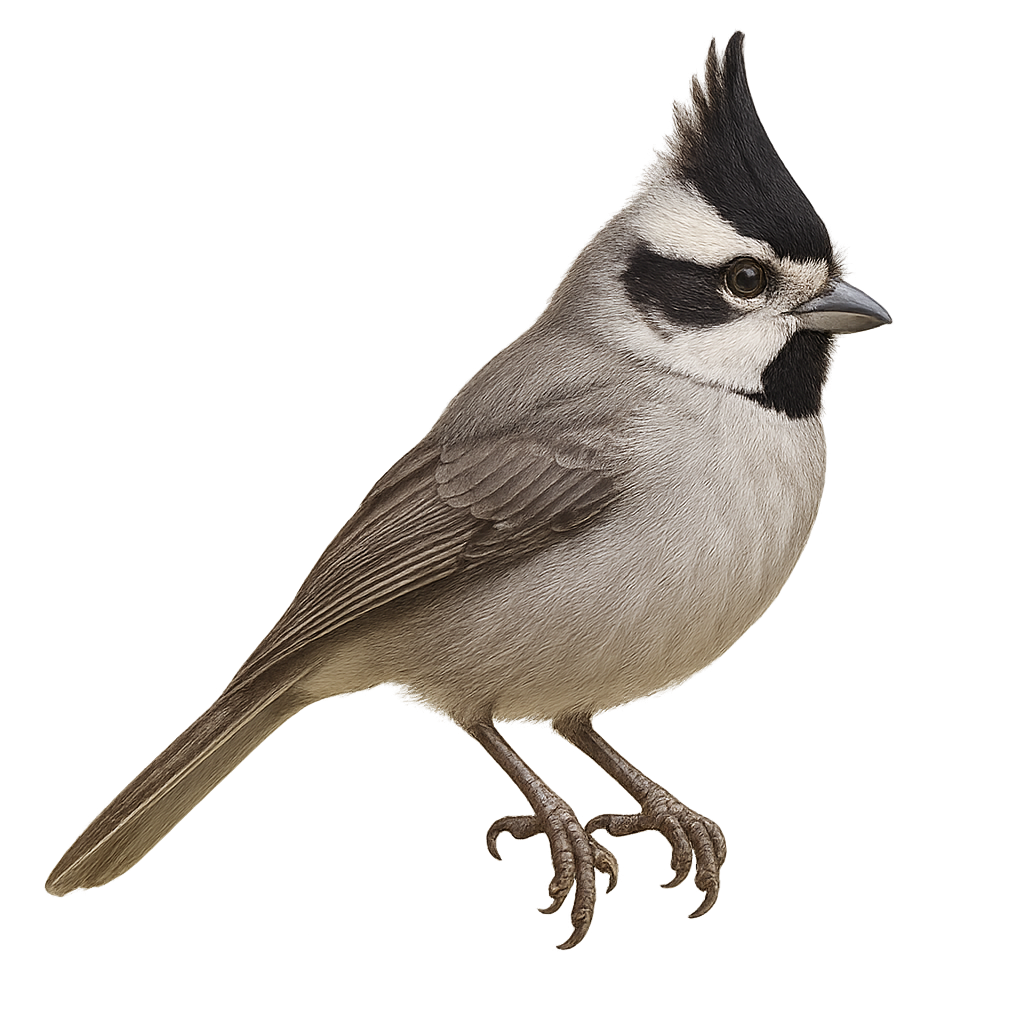Your wildlife photography guide.
Explore the grey-hooded sierra finch in detail, study its behavior, prepare your shots.
Where to observe and photograph the grey-hooded sierra finch in the wild
Learn where and when to spot the grey-hooded sierra finch in the wild, how to identify the species based on distinctive features, and what natural environments it inhabits. The WildlifePhotographer app offers tailored photography tips that reflect the grey-hooded sierra finch’s behavior, helping you capture better wildlife images. Explore the full species profile for key information including description, habitat, active periods, and approach techniques.
Grey-hooded Sierra Finch
Scientific name: Lophospingus pusillus

IUCN Status: Least concern
Family: THRAUPIDAE
Group: Birds
Sensitivity to human approach: Suspicious
Minimum approach distance: 5 m
Courtship display: November to January
Incubation: 13-15 jours
Hatchings: November to February
Habitat:
Arid regions, semi-arid regions, savannas
Activity period :
Primarily active during the day, with peak activity in the morning and late afternoon.
Identification and description:
The Grey-hooded Sierra Finch, or Lophospingus pusillus, is a small passerine bird belonging to the Thraupidae family. It is primarily found in the arid and semi-arid regions of South America, particularly in Argentina, Bolivia, and Paraguay. This bird is distinguished by its characteristic grey crest and brownish plumage. It measures about 14 cm in length and feeds mainly on seeds and insects. The Grey-hooded Sierra Finch is often seen in small groups, moving around in search of food. Although relatively discreet, its melodious song can be heard from a distance. The species is currently classified as of least concern by the IUCN but remains sensitive to environmental changes.
Recommended lens:
400mm – adjust based on distance, desired framing (portrait or habitat), and approach conditions.
Photography tips:
To photograph the Grey-hooded Sierra Finch, prioritize early morning hours when the light is soft and bird activity is at its peak. Use a telephoto lens of at least 400mm to capture precise details without disturbing the bird. Be patient and discreet, blending into the environment to avoid scaring it away. Look for areas where it feeds or sings, and wait for it to perch on an open branch to get a clear shot.
The WildlifePhotographer App is coming soon!
Be the first to explore the best nature spots, track rutting seasons, log your observations, and observe more wildlife.
Already 1 432 wildlife lovers subscribed worldwide

